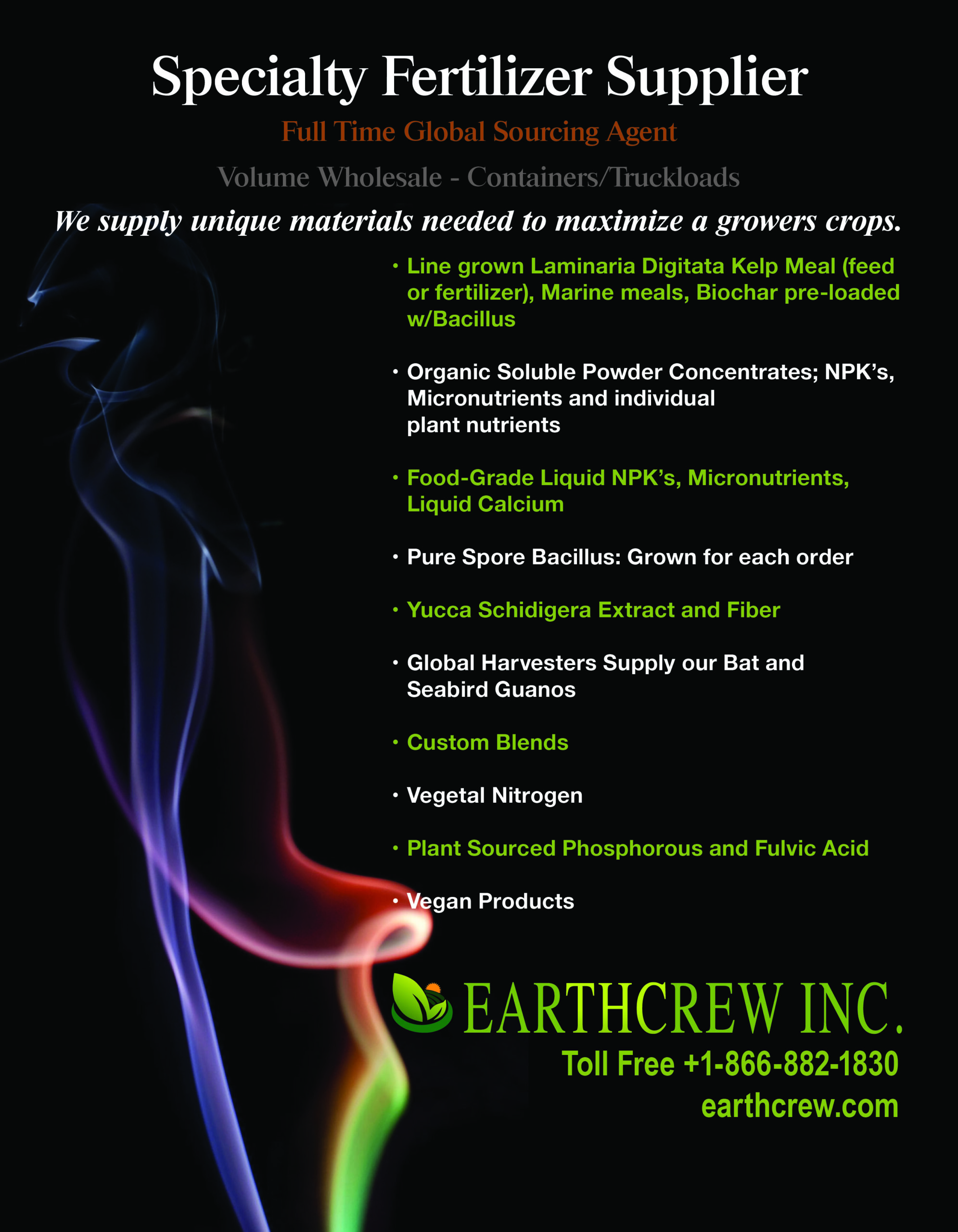Frequently Asked Questions
How does Organic Fertilizer help plants grow?
Organic fertilizers provide required nutrients to growing plants and feeding the soil.
What makes a fertilizer Organic?
Organic fertilizers are fertilizers that are naturally produced and contain carbon. These include compost, humic acid, grain meal, amino acids and seaweed extracts, Other examples are natural enzyme-digested proteins. Decomposing crop residue (green manure) from prior years is another source.
What are the advantages of Organic Fertilizer?
Use of organic fertilizers for farming helps in eliminating unwanted and harmful contamination in the environment, such as, surface water contaminations, underground water table, etc.. They effectively help in the degradation of other natural substances present in the soil thereby enriching the soil content.
What are the Environmental benefits of Organic Agriculture?
- Reduces Exposure to Pesticides and Chemicals.
- Builds Healthy Soil.
- Less likely to overfeed your crops.
- Combats Erosion.
- Supports Water Conservation and Water Health.
Why choose an organic fertilizer over a synthetic fertilizer?
The main advantage of using organic fertilizer is that you are building your soil health and performance.
Organically derived fertilizers typically have a lower NPK analysis than synthetics fertilizers, but they feed plants more efficiently.
By enhancing soil fertility and stimulating plant growth in a sustainable and environmentally friendly way, organic fertilizers will add nutrients to the soil for uptake by plants over time. These nutrients are also used by soil microorganisms that inhabit healthy, productive soil, which in turn benefit plant growth, and increase plant immunity and tolerance to heat and drought conditions.
Are higher NPK fertilizers better?
To someone accustomed to the higher NPK ratios of chemical fertilizers, the modest ratios occurring in organic fertilizers may appear inadequate. However, nothing could be further from the truth; organics break down at a slower rate. Nitrogen supplying organic fertilizers contain insoluble nitrogen that releases slowly with greater effectiveness than conventional fertilizer and reducing the need to reapply fertilizers as often in order to maintain soil fertility. Organics minimize the possibility of “burning” plants with concentrated chemical supplies of nutrients. They improve overall soil health by encouraging soil microbial life to flourish. Since organic fertilizers last longer and release their nutrients slowly, their long-term NPK values will be more beneficial than what is shown on the label.
Single ingredient fertilizers or blends?
Single ingredient fertilizers are used for specific plant needs and in certain stages of a plant’s development. As an example, a high nitrogen fertilizer like Soluble Amino Powder 14-0-0 is used when heavy feeding plants, such as corn or tomatoes need an additional boost early in the season. To promote blooming in plants utilize a high phosphorus fertilizer, such as our Bat Guano 0-13-0 or Seabird Guano 0-20-0.
Fertilizer Blends, on the other hand, are used for more general plant nutritional needs such as Soluble Corn Steep Powder 6-7-7 is they offer broader plant nutrition.
What is the shelf life of your fertilizers?
Dry Soluble Powder fertilizer products without ‘biology’ will have excellent shelf life when stored under the proper conditions.
Except for products containing biology such as PGH Bacillus subtilis and Mycorrhizae fungi Earthcrew dry fertilizer products are indefinitely stable when stored dry and away from pests.
The products listed above, which contain beneficial bacteria and/or mycorrhizae, carry a two-year loss in viability from the production date. These should be stored dry at room temperature for maximum viability.
Can your dried fertilizers be components in compost tea recipes?
What is the difference between soil organic carbon (SOC) and soil organic matter (SOM)?
Soil organic carbon is a component of soil organic matter. Organic matter is primarily made up of carbon (58%), with the remaining mass consisting of water and other nutrients such as nitrogen and potassium. Carbon is the largest and easiest component of organic matter to measure and as a result SOC is typically measured and reported in a standard soil test.
I was told that pastures were the way to build SOM, is this still the case?
There is a relationship between net primary productivity (plant biomass) and SOM, so when pastures are well managed and are not constrained by soil or climate then yes, the opportunity to build SOM is increased.
Farming systems that maximize the number of days in a year where plants are present and growing will support a greater potential for SOM build up. This principle applies to both pasture systems and grain crop rotations.
What does C:N mean and why does it matter?
C:N is an abbreviation for the carbon to nitrogen ratio. The ratio indicates how many units of carbon are present in material for every unit of nitrogen present. The ratio is often used to describe the quality of crop stubble, mined minerals and biochar.
The C:N ratio of crop residues determines whether soil nitrogen is immobilized (not plant available) or mineralized (supplied) during organic matter breakdown.
The general rule of thumb is that below a C:N ratio of 22, nitrogen can be released from organic matter and made plant available.
If I build my soil organic matter, how will it affect plant available nutrients?
Adding new organic matter with high carbon to nitrogen ratios can lead to short-term nitrogen deficiencies as micro-organisms break down the organic matter. In the longer term, organic matter converts to soil organic matter (SOM), which breaks down, releasing nutrients.
Does biology drive production or does production drive biology?
There are feedback mechanisms operating in both directions. Increasing SOM increases the capacity to support biological activity, and increasing biological activity leads to more nutrient cycling.
A resilient microbial population can result from a more diverse rotation and this can help control pathogens which constrain yield, buffer soils from stress and increase nutrient cycling which can increase plant productivity.

